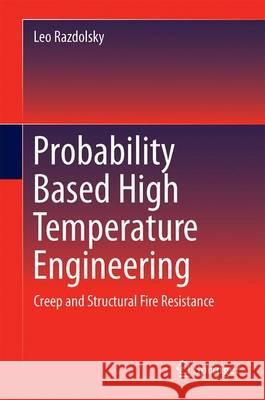Probability Based High Temperature Engineering: Creep and Structural Fire Resistance » książka
topmenu
Probability Based High Temperature Engineering: Creep and Structural Fire Resistance
ISBN-13: 9783319419077 / Angielski / Twarda / 2016 / 656 str.
Probability Based High Temperature Engineering: Creep and Structural Fire Resistance
ISBN-13: 9783319419077 / Angielski / Twarda / 2016 / 656 str.
cena 806,99
(netto: 768,56 VAT: 5%)
Najniższa cena z 30 dni: 771,08
(netto: 768,56 VAT: 5%)
Najniższa cena z 30 dni: 771,08
Termin realizacji zamówienia:
ok. 22 dni roboczych
Bez gwarancji dostawy przed świętami
ok. 22 dni roboczych
Bez gwarancji dostawy przed świętami
Darmowa dostawa!
Kategorie:
Kategorie BISAC:
Wydawca:
Springer
Język:
Angielski
ISBN-13:
9783319419077
Rok wydania:
2016
Wydanie:
2017
Ilość stron:
656
Wymiary:
23.5 x 15.5
Oprawa:
Twarda
Wolumenów:
01











